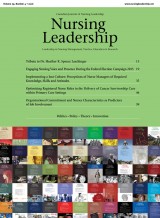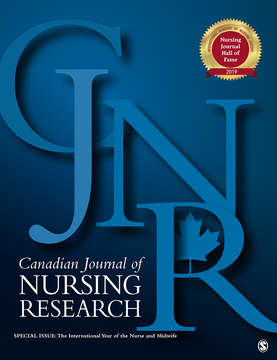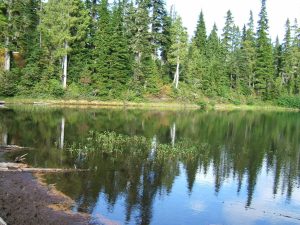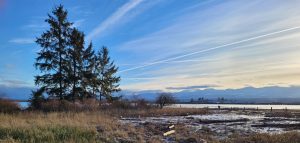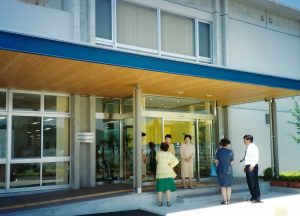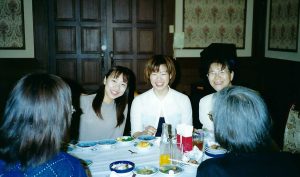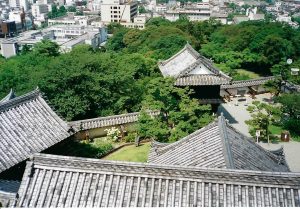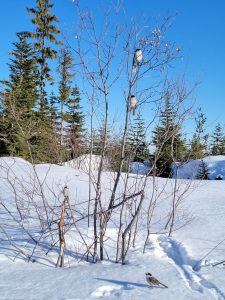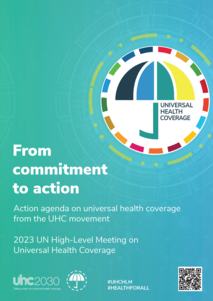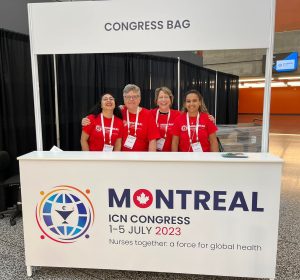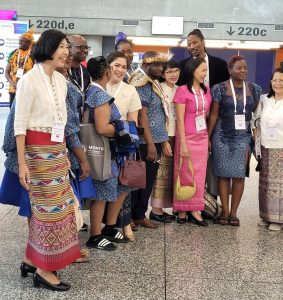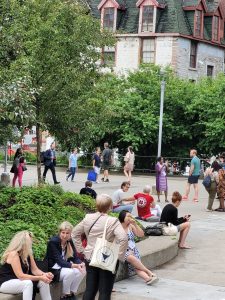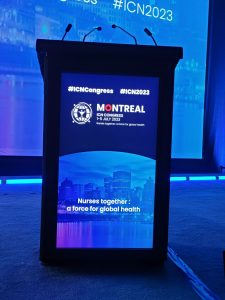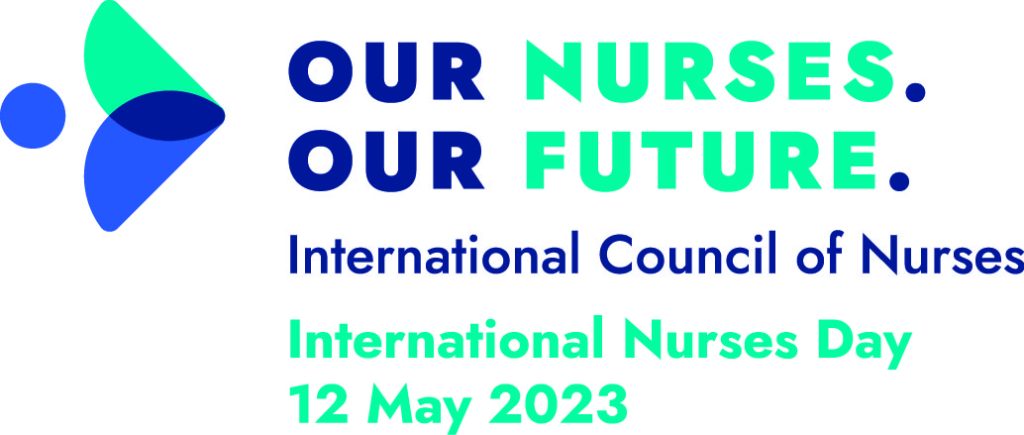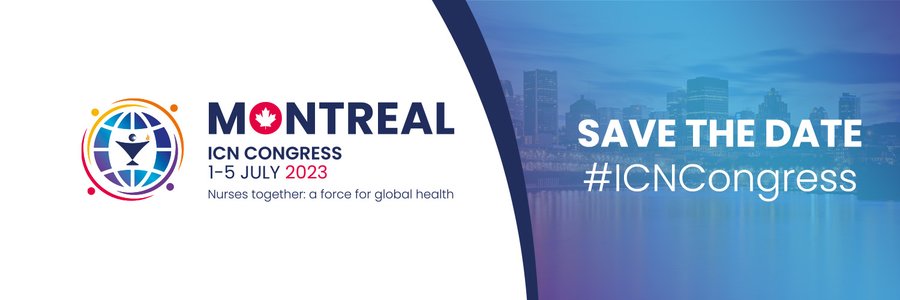Nursing organizations have been reacting to recent news from the U.S. Department of Education on its plan to exclude nursing from the list of professional degree programs eligible for federal loan funding for graduate students.
The International Council of Nurses issued this statement during the ICN Board meeting in Geneva at the end of November: “ICN is speaking out because developments in the United States reflect challenges seen across the global nursing workforce” (ICN November 27, 2025). The European Federation of Nurses Associations also expressed concern in a press release issued on November 23.
In Canada, the Canadian Association of Schools of Nursing (CASN) made a strong statement on the value of graduate education for the future of the profession. CASN’s statement highlighted inclusion and equity in its support of the American Association of Colleges of Nursing, the American Nurses Association, and other bodies. Likewise, the Canadian Nurses Association expressed support for their American counterparts and wrote a letter to our federal Minister of Health, The Honourable Marjorie Michel. CNA’s letter seeks support from Minister Michel in three important aspects: “Affirming nursing as a profession in Canadian policy and discourse; Safeguarding access to nursing education in Canada; and Championing professional nursing in international and bilateral forums” (CNA November 28, 2025).
In reflecting on the concerns expressed in the statements and in following discussion on social media, I am pleased to see the response to date by global bodies and by our Canadian organizations. We do need to pay attention and continue to promote sound policies to protect health care and nursing now and into future generations. I found it interesting to note that several other professions including public health and social work will face the same funding exclusion for graduate degree programs. We need educators, researchers, and leaders in these vital fields along with nursing and related disciplines.
By Nora Whyte – December 3, 2025
I acknowledge with respect that I live on the Unceded traditional territory of the K’òmoks First Nation.
